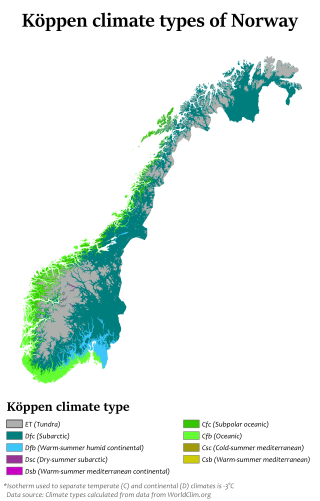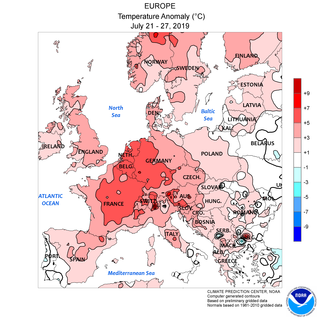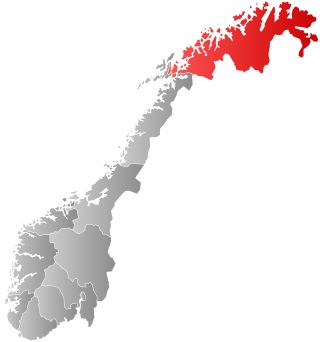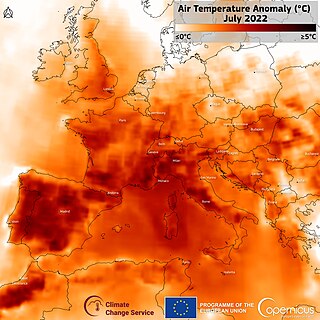Related Research Articles

Finnmark is a county in the northern part of Norway.

Porsanger is a municipality in Finnmark county, Norway. The administrative centre of the municipality is the village of Lakselv. Other villages in the municipality include Børselv, Brenna, Indre Billefjord, Kistrand, Olderfjord, and Skoganvarre.

is the largest village and administrative centre of Porsanger Municipality in Finnmark county, Norway. The village lies at the southern end of the large Porsangerfjorden. The 2.3-square-kilometre (570-acre) village has a population (2017) of 2,283 which gives the village a population density of 993 inhabitants per square kilometre (2,570/sq mi).

Station Group Banak, formerly Banak Air Station, is a military airbase located at Banak, just north of Lakselv in Porsanger in Finnmark, Norway. Operated by the Royal Norwegian Air Force (RNoAF), it serves a detachment of the 330 Squadron, which operates two Westland Sea King helicopters used for search and rescue operations in Finnmark, Svalbard and surrounding Arctic sea areas. Of the station's two helicopters, one is on standby at any given time. The station group is co-located with the civilian Lakselv Airport, Banak and is administratively under the 132nd Air Wing and Bodø Main Air Station. Banak is RNoAF's most northerly base and has fifty employees.

The climate of Norway is more temperate than could be expected for such high latitudes. This is mainly due to the North Atlantic Current with its extension, the Norwegian Current, raising the air temperature; the prevailing southwesterlies bringing mild air onshore; and the general southwest–northeast orientation of the coast, which allows the westerlies to penetrate into the Arctic. The January average in Brønnøysund is 15.8C (28.6F) higher than the January average in Nome, Alaska, even though both towns are situated on the west coast of the continents at 65°N. In July the difference is reduced to 3.2C (5.8F). The January average of Yakutsk, in Siberia but slightly further south, is 42.3C (76.1F) lower than in Brønnøysund.

Europe is generally characterized by a temperate climate. Most of Western Europe has an Oceanic climate, in the Köppen climate classification, featuring cool to warm summers and cool winters with frequent overcast skies. Southern Europe has a distinctively Mediterranean climate, which features warm to hot, dry summers and cool to mild winters and frequent sunny skies. Central-eastern Europe is classified as having a humid continental climate, which features warm to hot summers and cold winters.

The 2010 Northern Hemisphere summer heat waves included severe heat waves that impacted most of the United States, Kazakhstan, Mongolia, China, Hong Kong, North Africa and the European continent as a whole, along with parts of Canada, Russia, Indochina, South Korea and Japan during July 29 2010. The first phase of the global heatwaves was caused by a moderate El Niño event, which lasted from June 2009 to May 2010. The first phase lasted only from April 2010 to June 2010, and caused only moderate above average temperatures in the areas affected. But it also set new record high temperatures for most of the area affected, in the Northern Hemisphere. The second phase was caused by a very strong La Niña event, which lasted from June 2010 to June 2011. According to meteorologists, the 2010–11 La Niña event was one of the strongest La Niña events ever observed. That same La Niña event also had devastating effects in the Eastern states of Australia. The second phase lasted from June 2010 to October 2010, caused severe heat waves, and multiple record-breaking temperatures. The heatwaves began in April 2010, when strong anticyclones began to develop, over most of the affected regions, in the Northern Hemisphere. The heatwaves ended in October 2010, when the powerful anticyclones over most of the affected areas dissipated.

Lakselv Airport is an international airport located at Banak, 1.5 kilometers north of Lakselv, in the municipality of Porsanger, Finnmark county, Norway. Co-located with the military Station Group Banak, the airport is owned and operated by the state-owned Avinor. The airport is also branded as North Cape Airport, although the North Cape is 190 km (120 mi) away, and the nearest airport is Honningsvåg Airport, Valan.

The 2013 extreme weather events included several all-time temperature records in Northern and Southern Hemisphere. The February extent of snow cover in Eurasia and North America was above average, while the extent of Arctic ice in the same month was 4.5% below the 1981–2010 average. The Northern Hemisphere weather extremes have been linked to the melting of Arctic sea ice, which alters atmospheric circulation in a way that leads to more snow and ice.

The 2018 Britain and Ireland heatwave was a period of unusually hot weather that took place in June, July and August. It caused widespread drought, hosepipe bans, crop failures, and a number of wildfires. These wildfires worst affected northern moorland areas around the Greater Manchester region, the largest was at Saddleworth Moor and another was at Winter Hill, together these burned over 14 square miles (36 km2) of land over a period of nearly a month.

The 2018 European drought and heat wave was a period of unusually hot weather that led to record-breaking temperatures and wildfires in many parts of Europe during the spring and summer of 2018. It is part of a larger heat wave affecting the northern hemisphere, caused in part by the jet stream being weaker than usual, allowing hot high-pressure air to linger in the same place. According to the European Drought Observatory, most of the areas affected by drought are across northern and central Europe. According to the World Meteorological Organization, the severe heat waves across the northern hemisphere in the summer of 2018, are linked to climate change in Europe, as well as events of extreme precipitation.
In 2018, several heat waves with temperatures far above the long-time average and droughts were recorded in the Northern Hemisphere: The earth's average surface temperature in 2018 was the fourth highest in the 140 years of record keeping. It is assumed that the jet stream is slowing down, trapping cloudless, windless and extremely hot regions of high pressure. The jet stream anomalies could be caused by polar amplification, one of the observed effects of global warming.

In late June and late July 2019 there were two temporally distinct European heat waves, which set all-time high temperature records in Belgium, France, Germany, Luxembourg, the Netherlands, and the United Kingdom.

Troms og Finnmark was a county in northern Norway that existed from 2020 to 2023. The county was established on 1 January 2020 as the result of a regional reform. It was the largest county by area in Norway, encompassing about 75,000 square kilometres (29,000 sq mi), and was formed by the merger of the former Finnmark and Troms counties in addition to Tjeldsund Municipality from Nordland county.

This page documents notable heat waves worldwide in 2021.

In 2022, several areas of the world experienced heat waves. Heat waves were especially notable in East Asia, the Indian subcontinent, Australia, western Europe, the United States, and southern South America. 2022 heat waves accounted for record-breaking temperatures and, in some regions, heat-related deaths. Heat waves were worsened by the effects of climate change, and they exacerbated droughts and wildfires.

From June to August 2022, persistent heatwaves affected parts of Europe, causing evacuations and a confirmed death toll of 24,501. However, upper estimates suggested more than 61,000 heat-related deaths between 30 May and 4 September. These heat waves were the deadliest meteorological events in 2022. The highest temperature recorded was 47.0 °C (116.6 °F) in Pinhão, Portugal, on 14 July.
Vesterbotn is an arm of the Porsangerfjorden located in Porsanger municipality, Finnmark county, Norway.
This page documents notable droughts and heat waves worldwide in 2020.
References
- ↑ Klevberg, Håvard (1996). Luftmakt i Finnmark: Banak flystasjon i Den kalde krigen 1955–1970. Forsvarsstudier. Vol. 4. Norwegian Institute for Defence Studies. ISSN 0333-3981.
- ↑ "Animals, crops suffering as Europe's heatwave hits new highs". AP. 2018.
- ↑ "Europe heatwave breaks multiple June records". BBC. 30 June 2022. Retrieved 30 June 2022.
- ↑ Sinclare, Terry (2020-06-22). "A small town in Siberia has likely broken the Arctic high temperature record". Webcenter11. Gray Television, Inc. Archived from the original on 2020-06-26. Retrieved 2020-06-22.
- ↑ "Arctic Temperatures Hit Record High in Russia Amid Heat Wave". The Moscow Times. 2020-06-22. Retrieved 2020-06-22.
- ↑ "NOAA Weather Radio All Hazards Information - Alaska Weather Interesting Facts and Records" (PDF). National Oceanic and Atmospheric Administration. Archived from the original (PDF) on 2006-09-29. Retrieved 2007-01-03.
- ↑ "State Extremes". Western Regional Climate Center, Desert Research Institute. Archived from the original on 2011-05-13. Retrieved 2007-01-03.